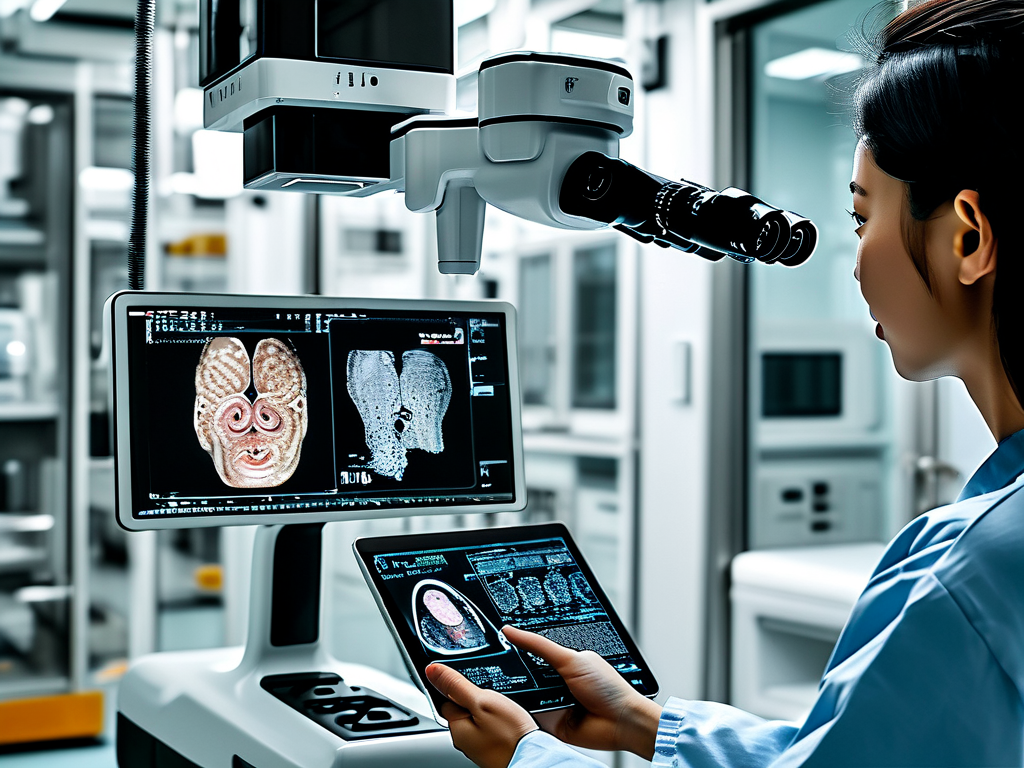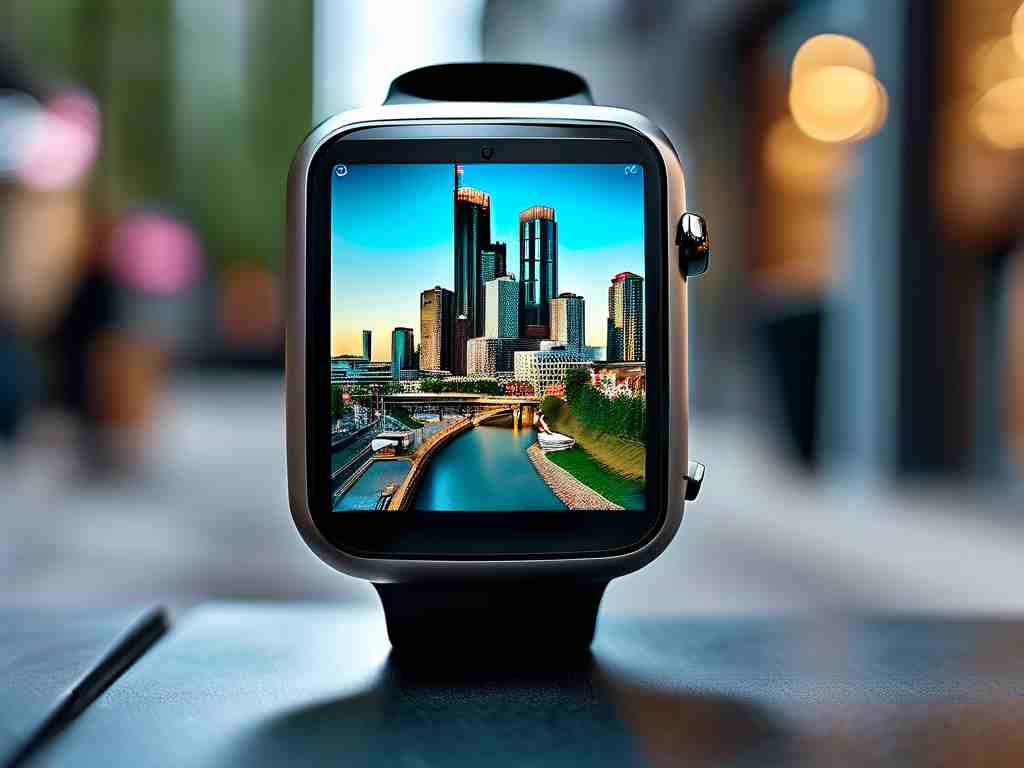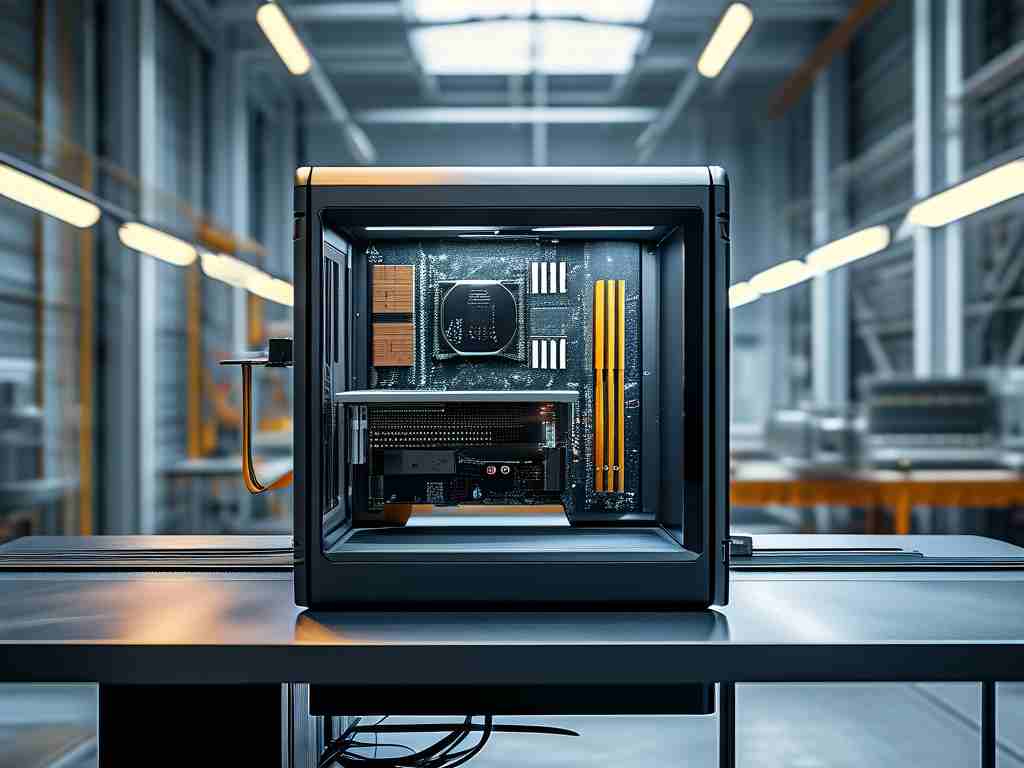The integration of embedded systems into medical endoscopy has transformed diagnostic and surgical procedures, offering unprecedented precision and real-time data processing. This article explores how embedded development shapes next-generation endoscopic devices, the technical challenges involved, and future trends in this interdisciplinary field.

Embedded Architecture in Endoscopic Devices
Modern endoscopes rely on compact, high-performance embedded systems to process high-resolution imaging, sensor data, and user inputs simultaneously. A typical embedded architecture includes:
- Microcontrollers (e.g., ARM Cortex-M7) for real-time control
- FPGA modules for image signal processing
- Low-power Bluetooth/Wi-Fi transceivers for wireless data transmission
Developers often optimize these systems using C++ for firmware and Python for AI-driven image analysis algorithms. For instance, the STM32H7 series is widely adopted for its balance of power efficiency and computational capability in capsule endoscopy systems.
Real-Time Imaging and Sensor Fusion
A critical requirement in endoscopic embedded systems is latency management. Image pipelines must deliver sub-100ms processing times to avoid motion blur during procedures. Advanced devices now integrate:
- CMOS sensors with on-chip HDR processing
- Inertial measurement units (IMUs) for spatial tracking
- Fiber-optic shape sensing for 3D positioning
Sensor fusion algorithms running on dedicated DSP cores combine these data streams, enabling features like augmented reality overlays in surgical scopes. The Renesas RZ/A2M microcontroller exemplifies this approach, offering DRP (Dynamically Reconfigurable Processor) technology for adaptive image processing.
Power Management Challenges
Portable endoscopy solutions face stringent power constraints. Embedded developers employ multiple strategies:
- Dynamic voltage/frequency scaling (DVFS) in SoC designs
- Selective peripheral shutdown during idle states
- Energy harvesting from thermal gradients
The Texas Instruments BQ25570 power management IC has become popular for its ultra-low quiescent current (330nA) in wireless endoscopic capsules. Recent prototypes using gallium nitride (GaN) transistors have achieved 40% power reduction in LED illumination systems.
Regulatory Compliance and Safety
Medical-grade embedded systems require IEC 62304 compliance for software lifecycle processes. Key considerations include:
- Redundant watchdog timers for fault recovery
- Secure boot mechanisms to prevent firmware tampering
- EMI/EMC shielding for signal integrity
Developers must implement hardware-based memory protection units (MPUs) and conduct rigorous FMEA (Failure Mode and Effects Analysis). The MISRA C coding standard is frequently mandated for safety-critical firmware components.
Future Directions
Emerging trends include:
- Edge AI accelerators for real-time polyp detection
- Quantum dot imaging sensors for multispectral analysis
- 5G-enabled telesurgery capabilities
Research teams at Johns Hopkins University recently demonstrated a self-navigating endoscopic robot using ROS 2 middleware and NVIDIA Jetson modules, showcasing the potential of embedded machine learning in autonomous diagnostics.
The convergence of embedded systems and medical imaging continues to push the boundaries of minimally invasive healthcare. As processing power increases and form factors shrink, developers must maintain focus on reliability, safety, and clinical usability – proving that technical innovation remains inseparable from patient-centered design.









